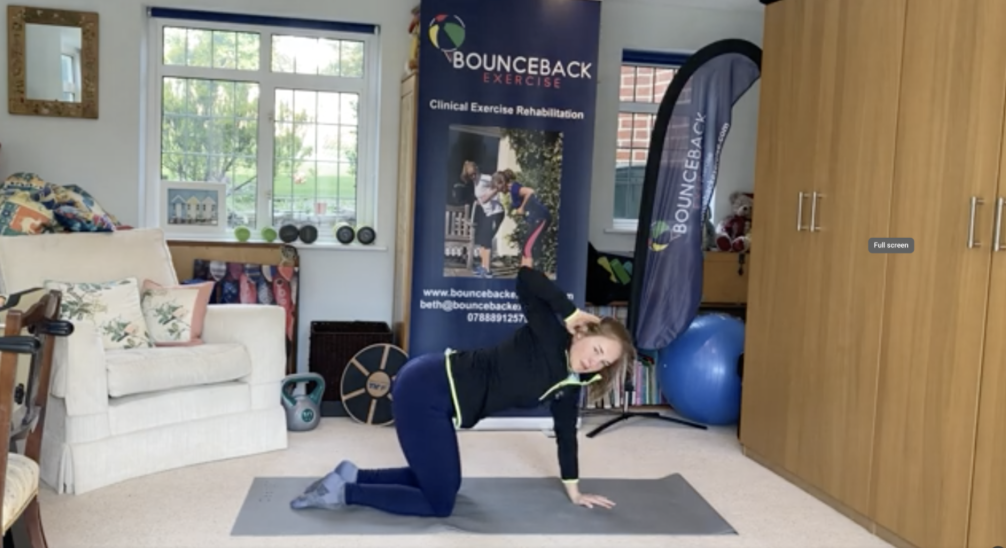
The thoracic spine (mid back) is made up of twelve vertebrates that extend from the shoulder to waist. It is important for the thoracic spine to stay highly mobile with the ability to flex, extend, and rotate however thoracic immobility can be common.
Causes of Thoracic Immobility: - Sitting at a desk for prolonged periods or previously having sedentary job
- Lack of movement and inactivity
- Repetitive exercises that encourage the trunk to flex even further e.g., repeated sit ups
- Parkinson’s disease (postural disorders and joint disorders are often seen in association with Parkinson’s).
- Breast cancer surgery can lead to alterations in spinal alignment.
- Lymphedema can contribute towards spinal dysfunction including thoracic immobility
What happens if the Thoracic Spine is immobile?If the thoracic spine lacks mobility, it is common for the lumbar spine (lower back) to compensate leading to lower back pain and fatigue. It can also result in shoulder and neck pain and stiffness since the thoracic spine plays an important role in the movement of the neck.
Benefits of Thoracic Mobility: - Better posture
- Reduced neck and lower back pain
- Increased lung volume and better breathing
- Healthier spine
Exercises to correct thoracic immobility Fortunately regularly practicing mobilisation exercises of the thoracic spine will help prevent and correct stiffness in this area and prevent the risk of further spinal problems.Repeat each exercise for 10-15 repetitions or 45-60 seconds.
Thoracic extension


 McKenzie press up or sphinx pose
McKenzie press up or sphinx pose





 McKenzie press up or sphinx pose
McKenzie press up or sphinx pose
